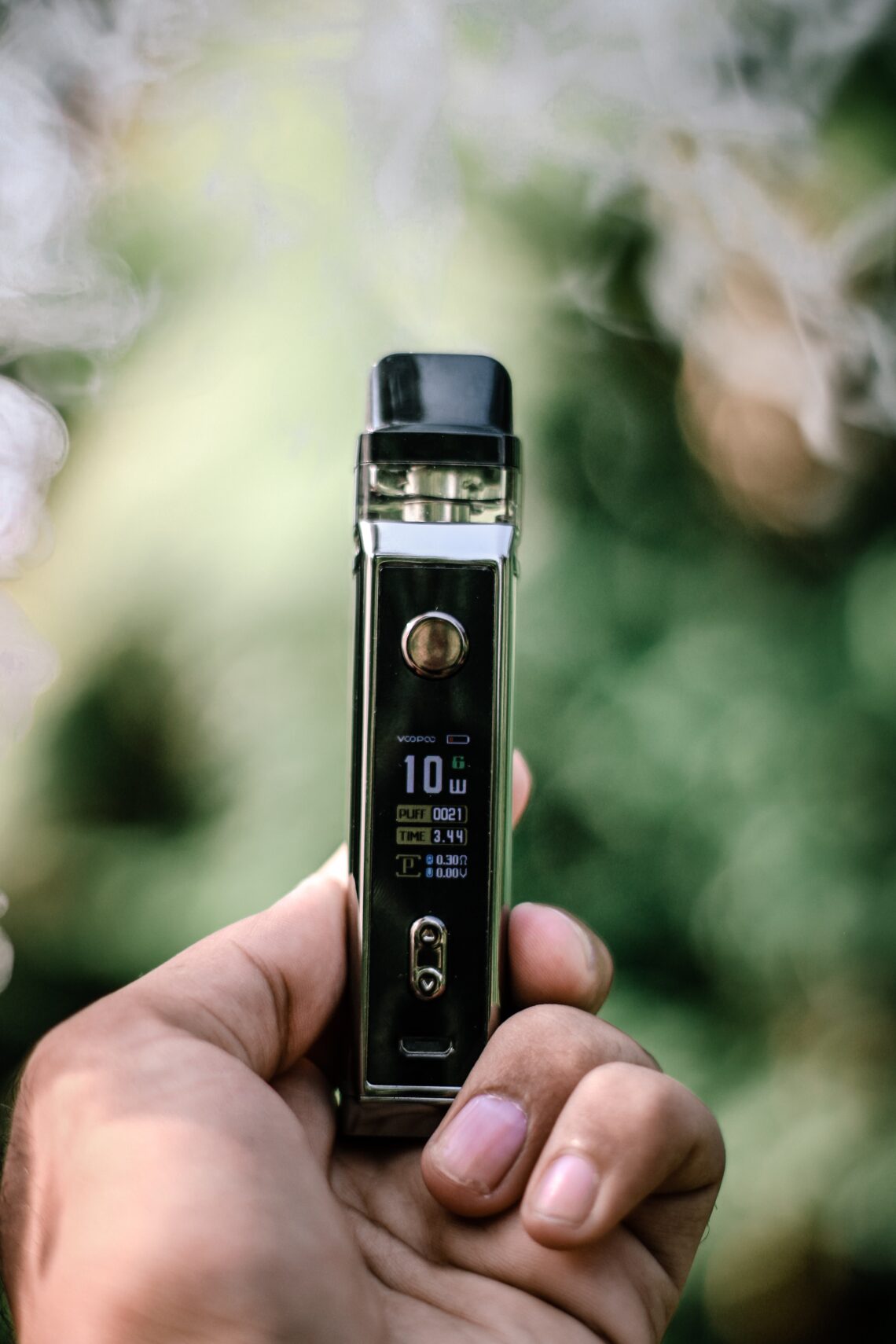
Bubblegum cartridges and popcorn lungs
Throughout her childhood, Adriana Bellisomo, 18, watched her mother struggle to quit smoking cigarettes. When her mother finally kicked the habit, she made Bellisomo promise to never smoke. And for a while that was an easy promise to keep. Most of her friends found cigarettes to be dirty, so the temptation never formulated.
Then her friends began to boast about their vibrant vaping devices and liquid cartridges full of delectable flavours like bubblegum and sour berry. Bellisomo was intrigued—these seemed so different from the smelly, cancer causing sticks she had watched her mother puff on. These didn’t feel dangerous or dirty, they felt cool.
She wasn’t alone; a study conducted by the Government of Canada found that 34 per cent of students in grade seven to 12 have tried a vaping product, in comparison to the 16 per cent that have tried a cigarette.
This characterization of vaping as being a separate entity from cigarettes was designed to intentionally target youth, says Sarah Dow-Fleisner, a professor at the University of British Columbia who has been working on bringing awareness to the youth vaping epidemic.
“Youth weren’t smoking cigarettes,” she says. “Because most people knew the risks associated with it.”
Tobacco companies had to get a little craftier to hook a new generation, says Dow-Fleisner. They needed to zero in on what youth found unappealing about cigarettes.
Just like Bellisomo, Cassandra Amey, 24, had always thought of cigarettes as being dirty. The difference was that she used to smoke them daily. “I like the relief they gave me,” she says. “But I hated the smell of them.”
When she heard about vaping, she saw an opportunity to still get the nicotine high she was craving but without the smell.
For a while Amey enjoyed the discretion offered by vaping and the taste of the fruity flavoured cartridges. But she eventually had to quit when she developed a bad cough, a signal to her that this wasn’t the healthy and cool alternative she thought it was.
That’s what Dow-Fleisner says is the main danger with vaping: there is a false narrative surrounding it as being safer. “Young people are being sold a false sense of safety and so are parents,” she says. “The risks are different but there are still risks.”
Aside from nicotine addiction, vaping poses many health dangers. Vaping devices act as a nebulizer that transforms liquid into mist, creating a very effective way of administering nicotine to the lungs. The chemicals used in the vaping liquid, like nicotine and propylene glycol, have a significant impact on lung function, invoking an inflammatory response in the lungs and increasing risk of lung-based infections like pneumonia.
And while the fruity flavoured cartridges smell better than cigarettes, the chemicals used to create them are hazardous. Diacetyl, a food additive that mimics a buttery flavour, is often used to create savory flavoured cartridges. The chemical is safe to consume orally and is often found in products like maple syrup. However, when brought into the lungs, it causes an inflammatory response that leaves puncture marks on the organ. This originated the grisly nickname “popcorn lungs” after factory workers became sick following overexposure to the chemical. It was also found that COVID-19 diagnoses are higher among vape users in a recent report published by Public Health Ontario.
Another risk is the false sense of security that is related to vapes originating as a medical device for high-risk smokers to quit smoking with the assistance of a doctor.
Vaping companies have taken this original idea and transformed the device into a recreational activity, while also benefiting from the lack of policies and regulations around vaping. Regulations are so loose that even liquids advertised as nicotine free still contain traces, says Dow-Fleisner.
Dow-Fleisner ultimately believes that there needs to be a proactive approach in creating stricter policies, something that wasn’t done in time for previous generations when cigarettes first hit the market. People now possess the knowledge of how these industries have worked in the past, portraying a false narrative that downplays the risks while also targeting youth experimentation and the developing brain.
Dow-Fleisner says that it’s a playbook that’s made the tobacco industry billions for a reason, because as she puts it, “the younger you get ’em’, the more money you get.”
About the author
Olivia Matheson-Mowers is a former reporter for Youth Mind. When she’s not writing, or playing with her cat, Daisy, you can find her curled up in her heated blanket watching seasons 1-6 of Dragon Ball Z and complaining about seasons 7-9.







